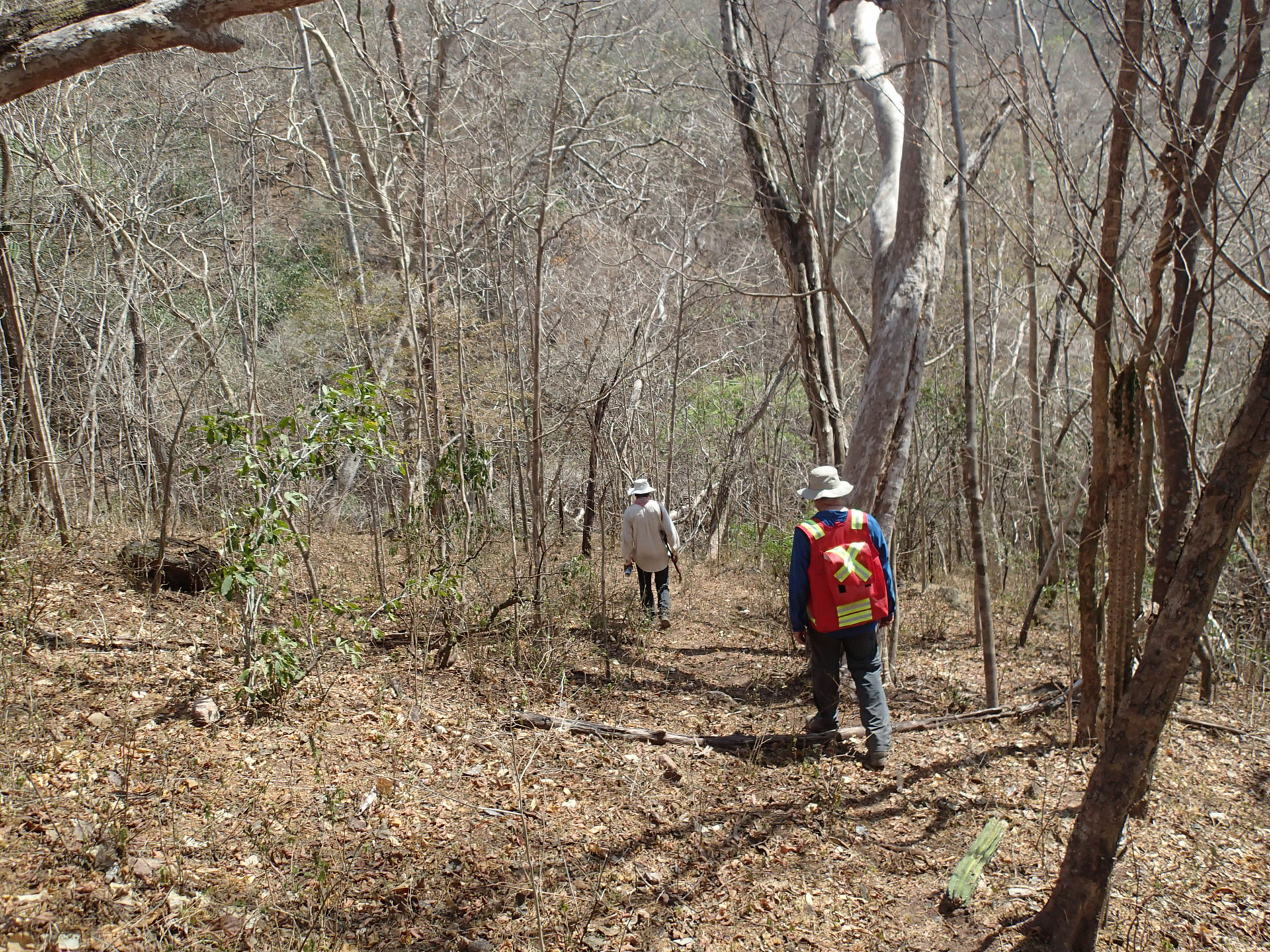GEOLOGY
Mineralization is primarily located within the Paleozoic sedimentary sequence, known in this area for reaching up to 1,000 m in thickness and host to multiple historical mines. Regionally the mountain range is characterized by alternating limestone, dolomite and quartzite; regionally contact mineralization has been observed to grow into a manto-chimney style deposits. These types of deposits tend to have higher metal grades, making this style of deposition attractive for exploration.
The La Union Project is part of the El Viejo Mountain range of NW Sonora, Mexico. The Sierra El Viejo comprises a thick sequence of Pre-Cambrian to Cambrian sedimentary units which the Company has been carefully mapping in detail. Many historical workings are spread across the range with the most extensive being the Union Mine, La Famosa Mine and El Plomito Mine; all located along the southern tip of the El Viejo range within Riverside’s mineral concessions.
Three sedimentary units have been identified from top to bottom: black limestone, quartzite, and grey limestone. Thicknesses of these units vary from 150 to 250 m with folding occurring mostly within the grey limestone, which is believed to be the primary reactive layer responsible for mineral deposition (see Figure 4 in Diagrams). As a weaker unit the grey limestone is prone to low angle thrusting while the quartzite units are more brittle and tend to fracture.
Post-mineral faulting also plays an important role. The west side of the property at the Plomito mine target area is separated from the Union-Famosa corridor target by a 3 km-wide colluvium-filled N-S trending graben. The geology at the Plomito Mine shows many similarities to the eastern side of the range at Union-Famosa where grey limestone with a small window of quartzite is mapped. Low angle faulting is also present in the area and tends to be mineralized showing carbonate replacement and patchy marble zones. Historical workings are scattered across the property and tend to follow the low angle oxidized structures varying from centimeters to metres in width.
Geochemistry shows an overall similar pattern across the property, with the dominant geochemical signature being polymetallic Pb-Ag-Zn-As-Cu-Sb-Au. Secondary Au-As association is recognized which suggests another hydrothermal event spatially associated with the dominant polymetallic event.
Mineralization is found on surface associated with low angle faults, folds, with the thicker mineralized intervals being where high angle fault intersect with other structures creating ‘traps’. GIS compilation of Riverside’s work and older data is showing a tendency for thicker mineralized zones to occur within the stratigraphy defined ‘grey limestone’ (see Figures 3 & 4 in Diagrams) where replacement and crack infilling is noted.
Riverside is currently planning future exploration work, which will include a geophysical survey to better identify the depth and behavior of mineralization within the grey limestone unit and the structural nature of the lower part of the sedimentary sequence. The next stage in exploration will be to compile the proposed geophysics with the existing information to identify drill targets for a 2022 program.

